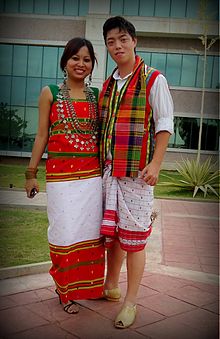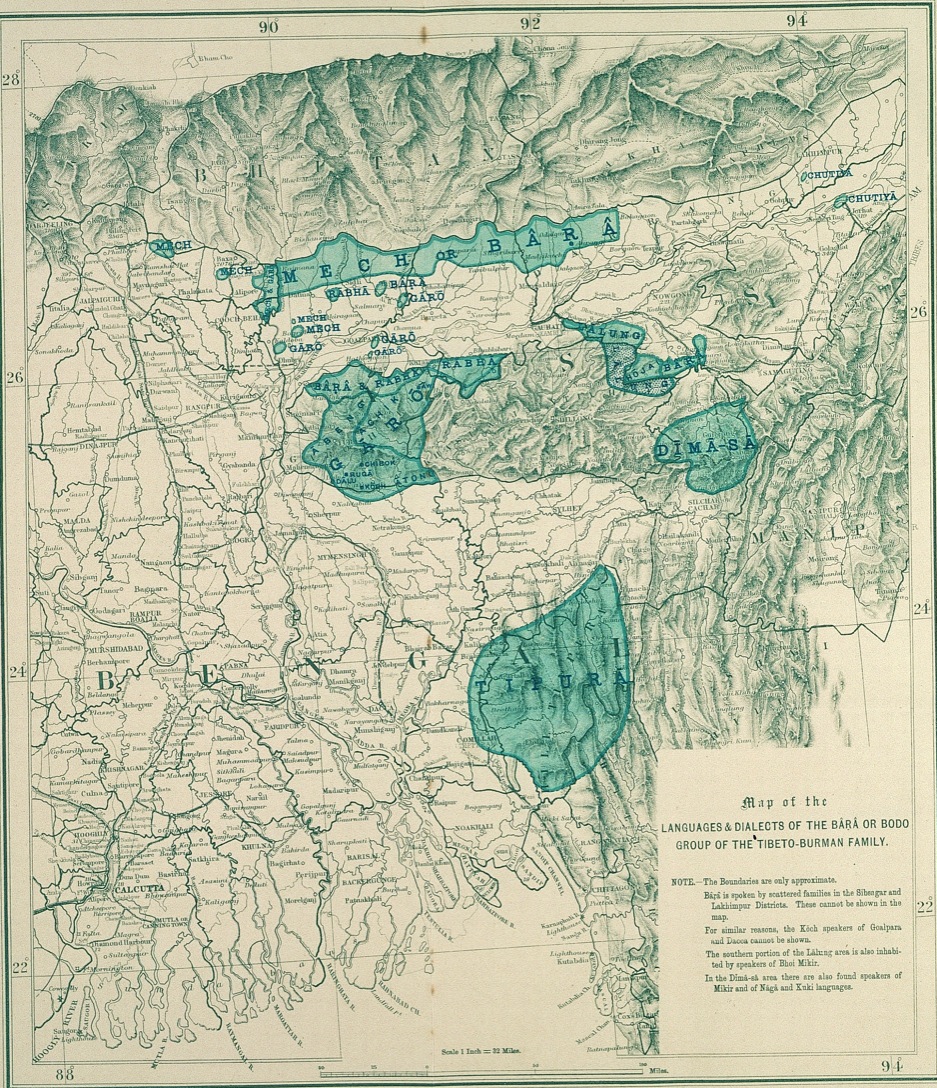
Kokborok (or Tripuri) is a Tibeto-Burman language of the Indian state of Tripura and neighbouring areas of Bangladesh. Its name comes from kok meaning "verbal" or "language" and borok meaning "people" or "human", It is one of the ancient languages of Northeast India.

The Tripura Tribal Areas Autonomous District Council(TTAADC) is an autonomous district council administering the Tiprasa-dominated areas of the state of Tripura, India. Its council and assembly are situated in Khumulwng, a town 26 km away from Agartala, the state capital.

Kokborok (Tiprakok/Tripuri) is the native language of Tripuri people in present Tripura state in Northeast of India. During the 20th century many of Royal family and its officials contributes to develop the Kokborok language in many ways.
Drama was brought into the Kokborok-speaking population by the Yatra (Jatra) performers of Bengal. The rulers of Independent Tripura were the first to present and perform drama in Tripura. Though in the beginning the presentations of yatras (jatras) were limited to the Royal Compound, in course of time it came out of the royal compound and mass people also began to enjoy it and join it.
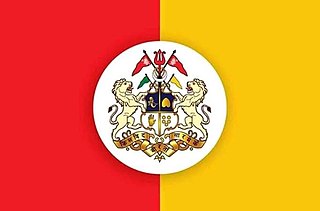
Debbarma is the main clan of Tripuri community, predominantly in state of Tripura, India and Bangladesh who speak Kokborok, a Tibeto-Burman language.
The Twipra Kingdom was one of the largest historical kingdoms of the Tripuri people in Northeast India.

Pradyot Manikya Deb Barma is the current titular King (Maharaja) and statesman from Tripura. He was born in New Delhi, and now resides in Agartala, Tripura. He also served as the editor of TNT-The Northeast Today. He is the current chairman of The Indigenous Progressive Regional Alliance also known as TIPRA Motha. He is known as 'Bubagra' among his people and is one of the active voices for the rights of Indigenous Tripuri people of Tripura.
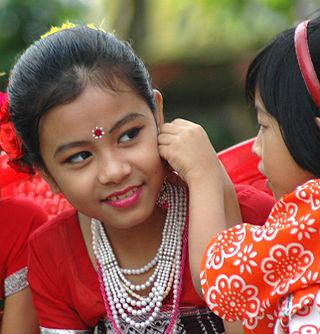
The culture of Tripura is distinct and a bit similar to other people of Northeast India. However like Assam, Manipur, Burma and Southeast Asia culture of Tripura is characterized in small portion where people live in plain and hill areas. Tripura is a state in North East India. In the 2001 census of India, Bengalis represented almost 70% of the population and the Tripuri population comprised 30% of Tripura's population. The Tripuri population comprises some clans and ethnic groups with diverse languages and cultures. The largest native group was the Tripuri who had a population of 543,848 in 2001 census, representing 16.99% of the state population and 54.7% of the scheduled tribe population. The other group of people in order of decreasing population were Chakma (6.5%), Halam (4.8%), Mog (3.1%), Munda, Kuki tribes and Garo Hajong. Bengali is the most spoken language, due to the dominance of Bengali people in the state. Kokborok (Tripuri/Tiprakok) is a common language among Tripuris and lingua franca in Tripura. Several other languages belonging to Indo-European and Sino-Tibetan families are spoken by the different tribe
Tripuri Kshatriya is a Vaishnav caste group which encompasses almost all the members of the Tripuri, Reang, Jamatia and Noatia ethnic groups, most of whom live in the Indian state of Tripura. The Tripuri Royal Family belonged to the Tripuri ethnic group, from the Debbarma clan. Originally the term "Tripur Kshatriya" was used to denote the Tripuri ethnic group only, but in due time, the Maharajah included the remaining three ethnic groups as well, in an attempt to foster a sense of kinship among his people. With the influx of the Bengali immigrants from neighboring places, the Tripuris lost their majority in their own kingdom and the Maharajah's power was taken away by the Indian government. Formerly, the community was organized under the Tripura Kshatriya Samaj, which was headed by the Maharajah of Tripura himself.
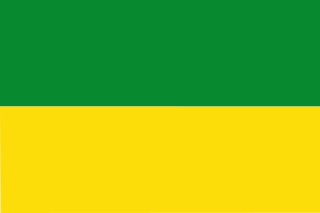
The Indigenous Peoples Front of Tripura (IPFT) is a regional political party in Tripura, India. It is a member of the National Democratic Alliance and North-East Democratic Alliance. The party was merged into the Indigenous Nationalist Party of Tripura (INPT) in 2001, However diverged out in 2009. The party is allied with BJP in the 2018 Tripura Legislative Assembly election and won eight seats out of eight contested seats. The party got 7.5% of the total votes polled. The BJP got 36 seats and with a total of 44 seats the BJP-IPFT coalition have two-thirds majority at the Legislative Assembly.
Kokborok Day is a festival celebrated in the Indian state of Tripura to celebrate the development of the Kokborok language. It is observed on 19 January every year. The Kokborok language is an official language in Tripura. This day is chosen to commemorate its initial recognition as an official language in 1979. The activities include cultural programmes and literary activities.
The following is a list of political parties in the India

Tipraland State Party (TSP) is a regional political party in Tripura, India.

Jishnu Dev Varma, is an Indian politician serving as the 3rd and current Governor of Telangana since 31 July 2024. He is from Tripura, and has previously served as the 2nd Deputy Chief Minister of Tripura from 2018 to 2023. He served as the MLA of Charilam from 2018 till 2023. He was the head of the Badminton Association of India, and is currently the president of its Tripura unit.

The Tipra Motha Party (TMP), also known as the Tipraha Indigenous Progressive Regional Alliance, is a regional political party and previously a social organisation in Tripura, India. The TIPRA is led by Pradyot Bikram Manikya Deb Barma. It is currently the second largest party in Tripura Legislative Assembly.

Nanda Kumar Deb Barma is a Tipra playwright, poet, and lyricist from Tripura. He is known for literature in Kokborok language and Kokborok Drama. Nanda Kumar Deb Barma is author of novels such as Rung (2001), and compilations of works such as Thungnuk Bwchap (2015). He has been one of the active advocates for Kokborok development of literature and education and is the president of Kokborok Sahitya Sabha.

Kokborok Cinema also known as Tripuri Cinema refers to the Kokborok language film industry in Tripura, India and among the Tripuri people. Tripura's Kokborok film industry began in 1986 with Longtharai (1986) directed by Dipak Bhattacharya adapted from Bimal Sinha's novel Karachi theke Longtharai depicting the struggle-ridden life of jhum cultivators in the rural hills of Longtharai followed by the Kokborok film Langmani Haduk (1993) directed by Ruhi Debbarma can be read as a critique of the modern regime. The Kokborok film Mathia (2004) directed by Joseph Pulinthanath, is the first International Award-winning Kokborok film.
Yarwng is a 2008 Kokborok feature film produced by Don Bosco Sampari Pictures Tripura, written and directed by Joseph Pulinthanath. The story of the 95-minute feature film revolves round the large-scale displacement which happened in Tripura state, in northeast India, when the newly built Dumbur dam (1970s) submerged huge areas of arable land in the fertile Raima valley about 40 years ago. The film won the first national film award for Tripura at the 56th National Film Awards in (2008)

Suhel Debbarma is an Indian politician and executive member of the Tripura Tribal Areas Autonomous District Council (TTAADC). He is a youth leader of the TIPRA Motha Party.
